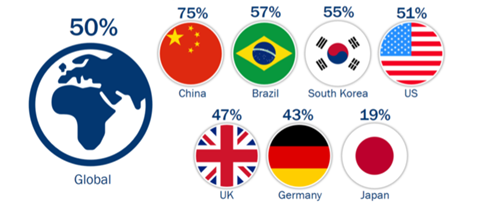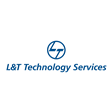The set top box can be at the forefront of the fast-emerging desire for a very smart home, asserts L&T Technology Services Chief Technology Officer Ashish Khushu.
As I write this, the Fifa 2018 World Cup is in full swing. While the games are more exciting than ever before, there is another phenomenon that is equally gripping.
Early estimates suggest that online viewership of the championship is at an all-time high – Conviva has already witnessed 7.7 million peak concurrent viewers and more is expected to follow.
Online consumption of data is growing at an exponential rate. We are living in an increasingly connected world – homes are becoming smarter; our offices have become intelligent spaces; and we travel in ‘digital’ cars that will soon begin to talk to other vehicles and passengers on the road. The key to sustain this ‘connected’ surge is trust, reliability and integrity.
While the commoditisation of ‘smart’ technology has made the world a more connected place, it has also, in some ways, led to greater disconnectedness. A user now must deal with multiple applications and dashboards to manage the plethora of smart devices. This is complex and cumbersome.
The smart home of today very accurately captures this dilemma. A typical family of four deals with nearly 25-30 smart devices – from mobile phones, laptops, gaming consoles and smart TVs, to refrigerators, home surveillance systems and HVAC devices.
“TV as content will never go away, but its format and device are constantly changing. As TV becomes more digitalized and smart, the line between TV and over-the-top (OTT) is blurring.” Xiaofeng Wang, Senior Analyst, Forrester - Source: The Drum
From a user perspective, there is obviously a need for simplification of the management of these devices. The need of the hour is personalisation, the ability to define authority and access rights, monitor usage and plans, and have a single, unified control panel for all the SMART devices and gadgets used in the home.
Given that a home would always have a very wide heterogeneity of devices from different manufacturers and would also experience frequent additions and deletions, the centralised management of devices needs to be simplified to the extent where periodic changes do not impose an extra overhead on the users.

In this context and in the fast-emerging scenario of a very smart home, a set top box can be at the forefront of addressing this challenge.
Already, we are witnessing the rapid evolution of STBs to hybrid boxes which gives viewers the flexibility to switch between linear and OTT channels.
It doesn’t need to end here – the set top box could become the central hub of the smart home, providing a unified platform that brings together multiple products, communication platforms and proprietary frameworks. This will require a central management software, a robust security architecture, an intuitive user navigation and personalisation capability with language localisation.
“Comcast Xfinity X1 set top box and its accompanying voice-activated remote makes it possible to control various appliances and lights in your home. We are extending the scope and the quantity of what we’re offering.” Eric Schaefer, Senior Vice President, Comcast - Source: VentureBeat
From set top box to smart top box
The evolution of a set top box to a smart top box is not very technically challenging.
The three most important aspects to be considered and incorporated would be:
-
Support for various communication standards such as Zigbee, Bluetooth, IR and Wi-fi.
-
A modular software platform that can communicate with multiple smart devices in a connected home. The software platform will have to manage functionalities, allow for the software to be ported on multiple hardware platforms, seamlessly integrate with payment gateways, be easily customisable and allow for interoperability with other third-party software systems.
-
Security: If the smart top box is to become the central hub of our homes, security is key as all our data, content consumption and home automation tasks would be routed through the box.
As I see it, the biggest challenge is not in architectural design as much as the commercial dynamics. With all the extra features added to it, will the smart top box be commercially viable for the home owner?
Ashish Khushu is Chief Technology Officer at L&T Technology Services





























No comments yet